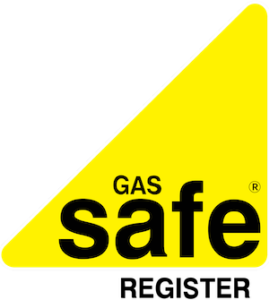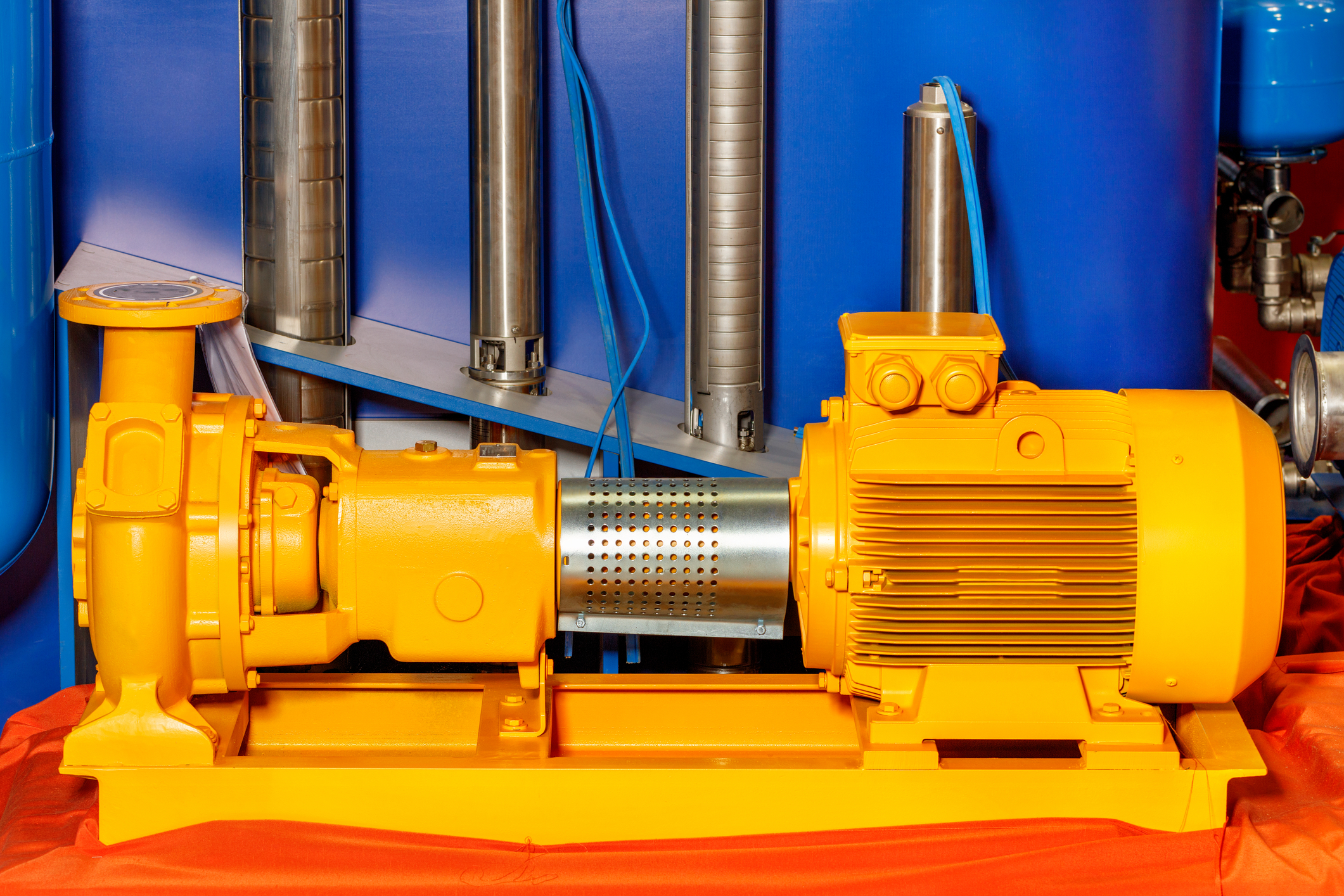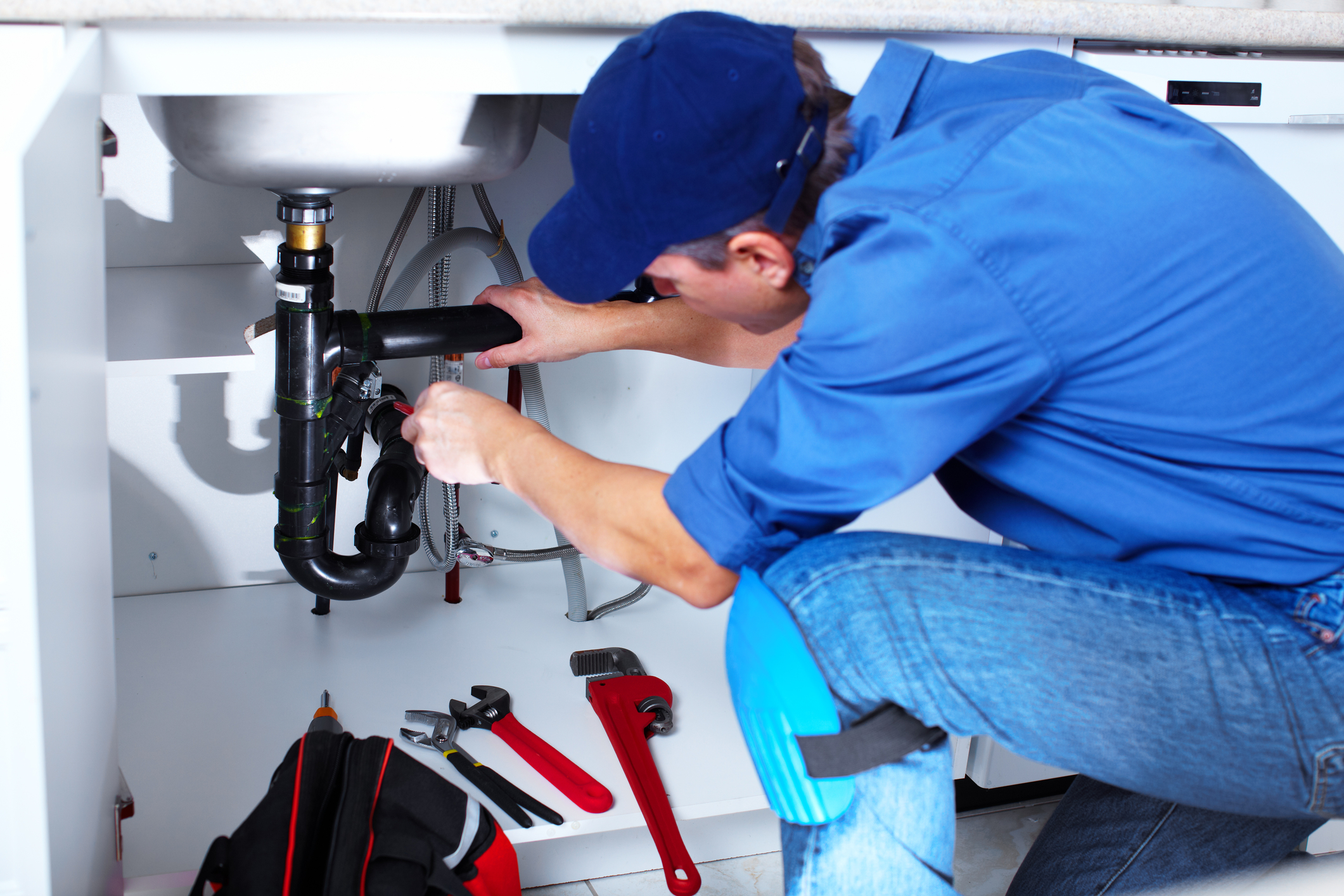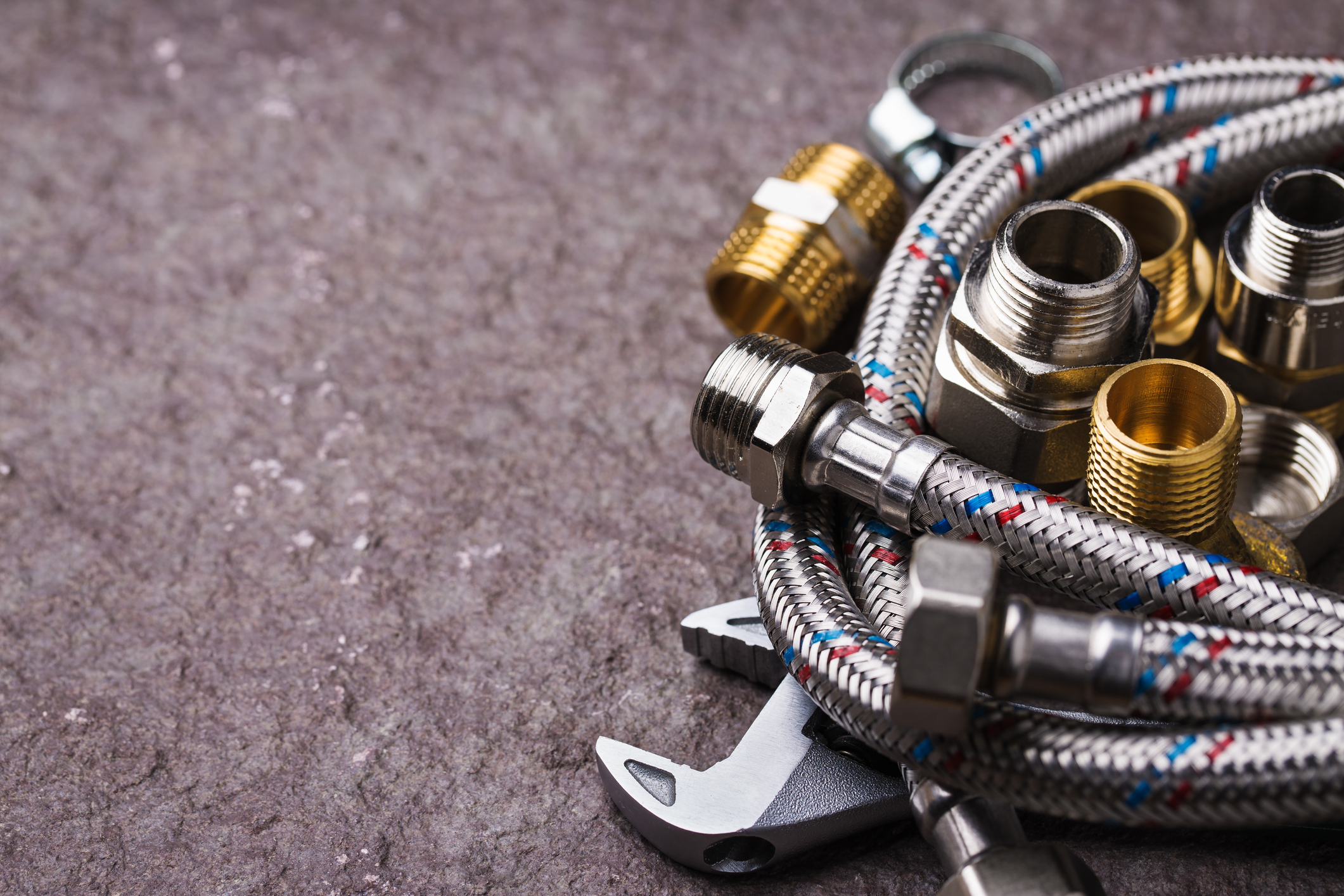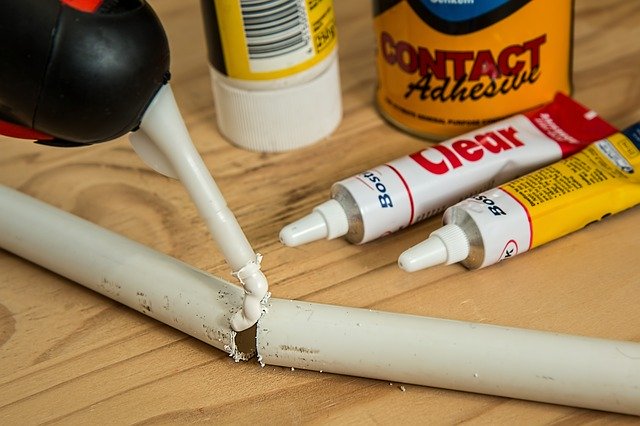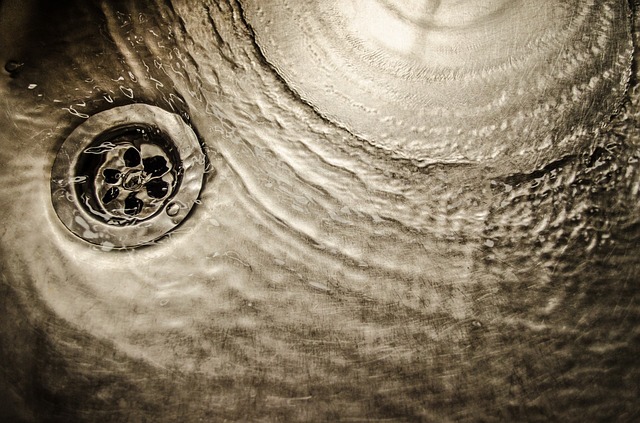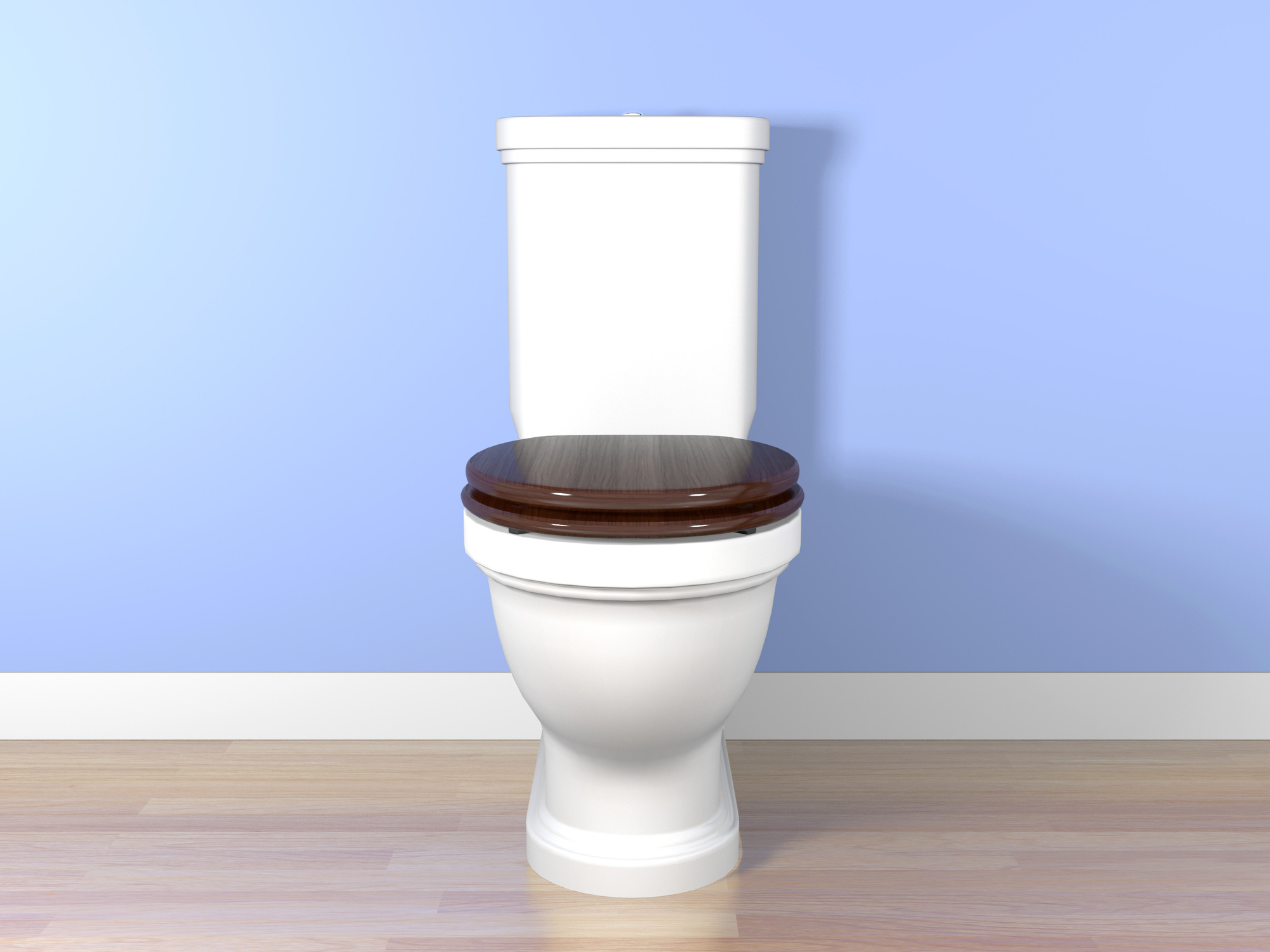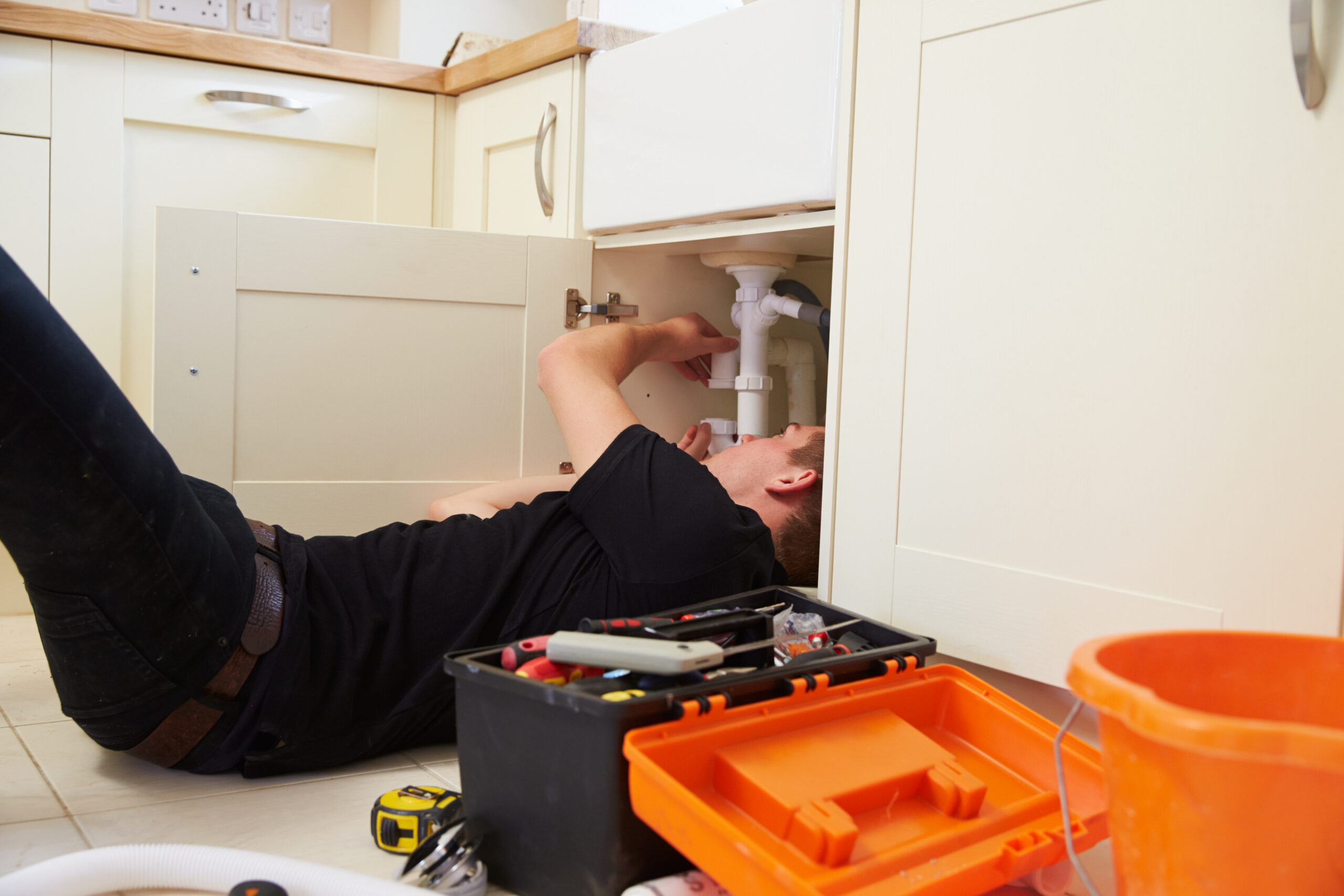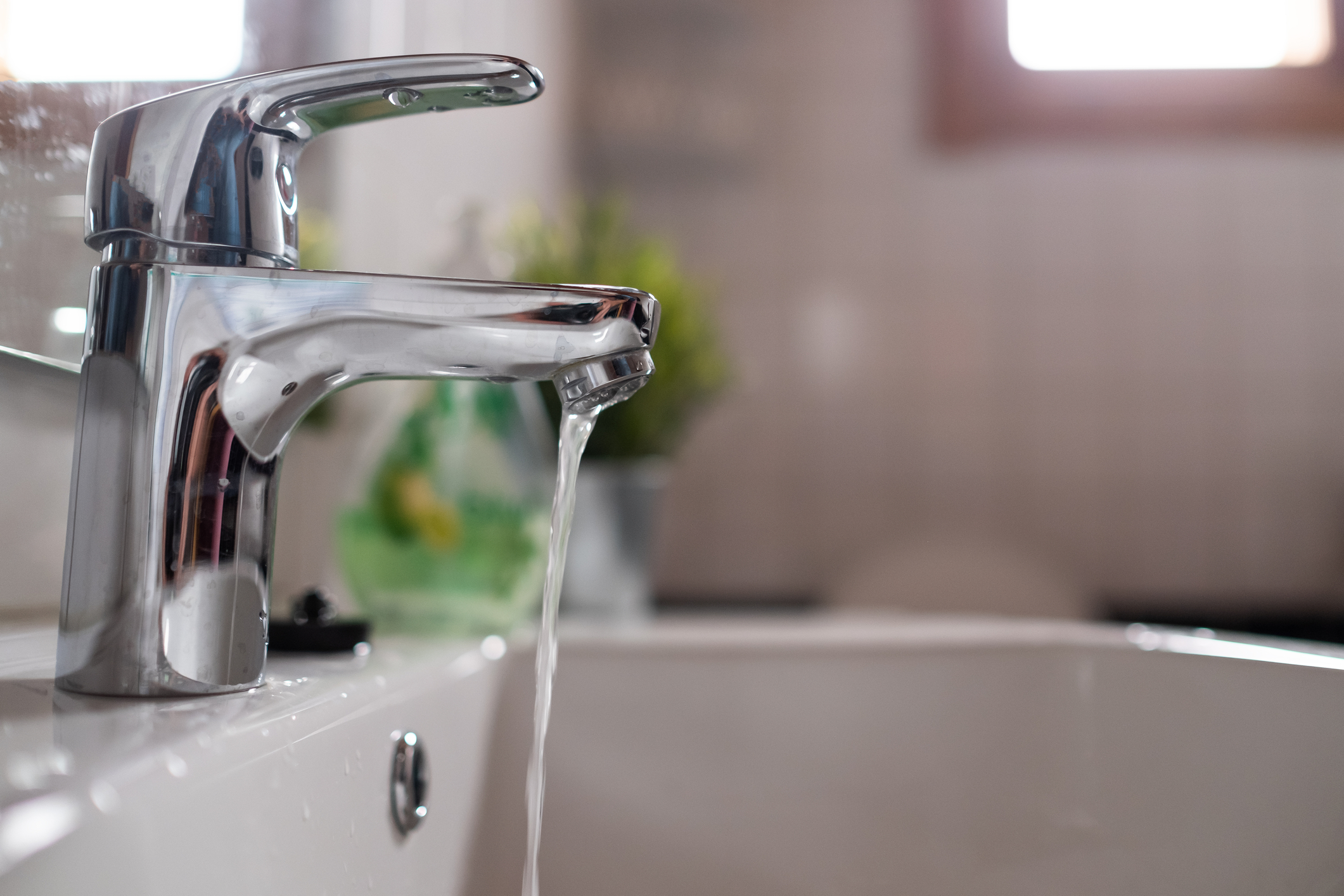When it comes to taking care of your home, you must make sure that all of your appliances are functioning correctly. If you are new to home maintenance, it’s best to be familiar with your plumbing and heating supplies in your home. So, to give you a head start, we offer you an introduction to one of the most critical parts of your bathroom, the macerator!
- What is a macerator pump, and what does it do?
- How does macerators work?
- The difference of compact macerator toilets and macerator pumps
- What is the trusted brand for macerator pumps?
- What are the benefits of having a macerator pump?
- What are the drawbacks of having a macerator pump?
- What can harm your macerator?
- Is your macerator broken? Plumbingforce is here to save the day!
WHAT IS A MACERATOR PUMP, AND WHAT DOES IT DO?
When it comes to plumbing, there is a lot of equipment involved to have uninterrupted circulation in the sewage system. Notably, we have the macerator pump that is a significant component installed to your toilet.
A macerator functions by breaking down the solid waste and foul water for it to be pumped out with great force. Primarily, a macerator is used with a toilet, but it can also work in the kitchen and other parts in the bathroom.
Find the best local plumbers in the UK!
HOW DOES MACERATORS WORK?
Once you flush the waste, it will directly move from the bowl to the macerator. Then, the macerator will automatically grind the waste with the help of its powerful rotating blade, until it turns into a slurry mixture.
The entire operation of the macerator system is completely sanitary, and it will be pumped uphill through the pipe, and into your sewage system.
THE DIFFERENCE OF COMPACT MACERATOR TOILETS AND MACERATOR PUMPS
A macerator toilet has a built-in macerator unit. It also has a similar appearance with a regular toilet. Meanwhile, a macerator pump is an individual product that can be installed behind a toilet pan or a wall-hung toilet.
WHAT IS THE TRUSTED BRAND FOR MACERATOR PUMPS?
Saniflo is a known brand for macerator pumps that is effective in doing its job of grinding solid waste and foul water at high speed. You won’t need to worry about clogging your sewage outlet because their macerator products are working with a sharp rotating blade that automatically shreds solid waste, before pumping it out. Moreover, the macerators of Saniflo are applicable ranging from commercial use, domestic properties, to flat rentals.
The domestic Saniflo macerator can deal with solid waste from the wash hand basin, bath, and toilet, depending on the unit model you choose. Meanwhile, the commercial Saniflo macerator can handle waste from multiple showers, or toilets!
Additionally, Saniflo has various macerators that they offer. So if you want to find the perfect type of macerator for your needs, you can take a quick view of their online website here!
WHAT ARE THE BENEFITS OF HAVING A MACERATOR PUMP?
When the central sewage system is quite far from your bathroom, installing a macerator pump can give you more convenience because you won’t need to renovate your entire bathroom, and extend your existing sewage system.
With that, your effort is not the only thing that will be saved, but also your time and money! Think about it: the price of a macerator pump is lower compared to renovating and extending your existing sewage system. Additionally, macerator pumps can last up to 10 to 15 years! It’s a cost-effective buy, and you won’t have to worry about a broken toilet flush constantly.
Are you looking for plumbers offering Saniflo installations? Plumbingforce is the best in the business! Give us a call and we’ll provide you with more details.
Connect with the best local plumbers and boiler engineers near you
WHAT ARE THE DRAWBACKS OF HAVING A MACERATOR PUMP?
You will notice that once you install and use a macerator pump, your toilet will use more water when flushing. But, this minor price to pay is more tolerable than having an unhygienic toilet that you will use every day.
There is also an issue that macerator pumps create a loud noise whenever it is in the process of pumping solid waste and foul water. However, this does not indicate that the macerator is faulty. It’s just that impellers of the macerator are working so noise may be expected.
WHAT CAN HARM YOUR MACERATOR?
Macerator pumps have strong pumping ability. However, there are still waste products that may clog your toilet, allowing water to overflow. So, as much as possible, avoid throwing garbage waste in your toilet carelessly.
The mentioned products below are the wastes that can harm your macerator pumps:
- Q-tips
- Dental Floss
- Latex Condoms
- Plastic Bags
- Plastic gloves
- Tampons
- Wet Wipes
IS YOUR MACERATOR BROKEN? PLUMBINGFORCE IS HERE TO SAVE THE DAY!
Once you figure out what a macerator can do, it’s practical to think that you must take care of it, and be aware of how you will fix it. However, if the job of repairing a plumbing system seems complicated for you, not to worry, Plumbingforce is available to check on your plumbing issues.
It is not new for Plumbingforce to offer maintenance, and repair towards macerators. With our plumbing engineers, we are sure to please you with our quick and efficient service.

